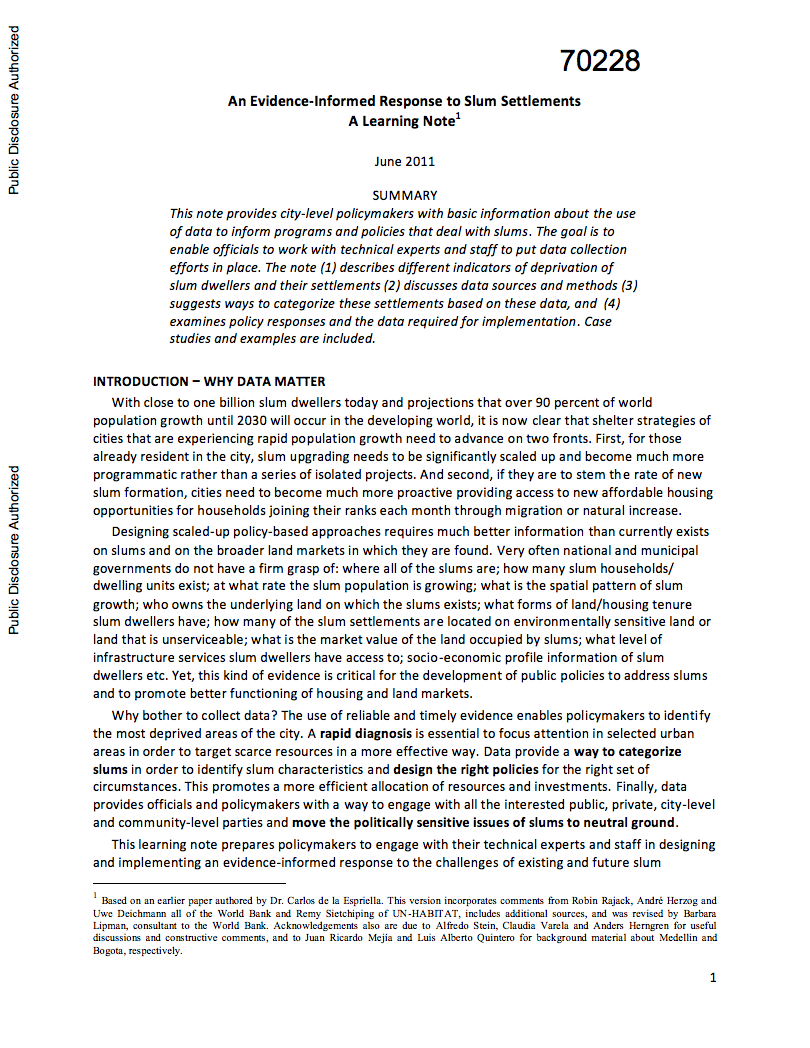Economic Modeling of Income, Different Types of Capital and Natural Disasters
This paper provides empirical estimates
of the impacts of natural disasters on different forms of
capital (with a focus on human and intangible capital and
natural capital), and on real gross domestic product per
capita. The types of disaster considered are droughts,
earthquakes, floods, and storms and their impacts are
measured in terms of the number of people affected or people
affected per capita. The authors find statistically


